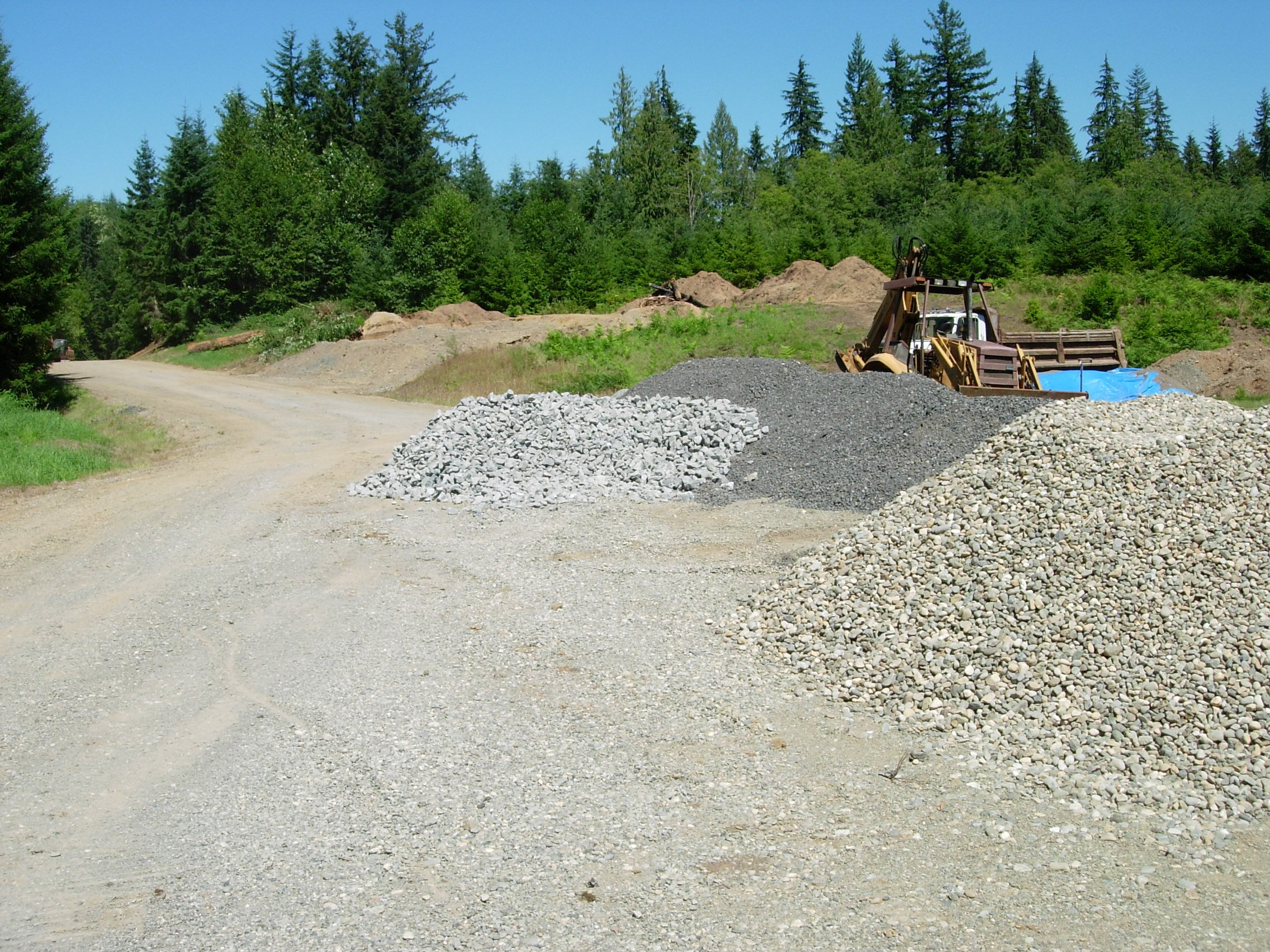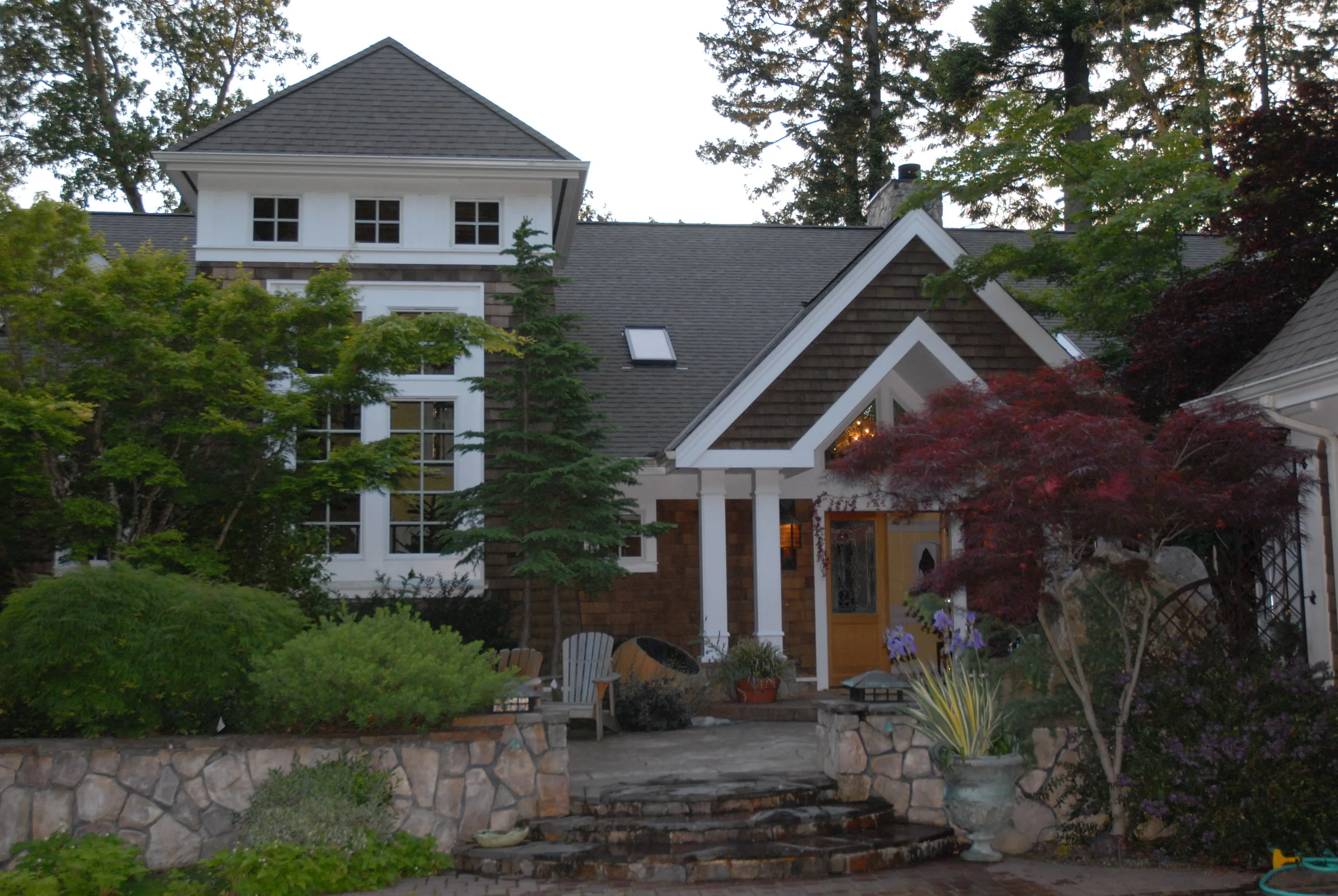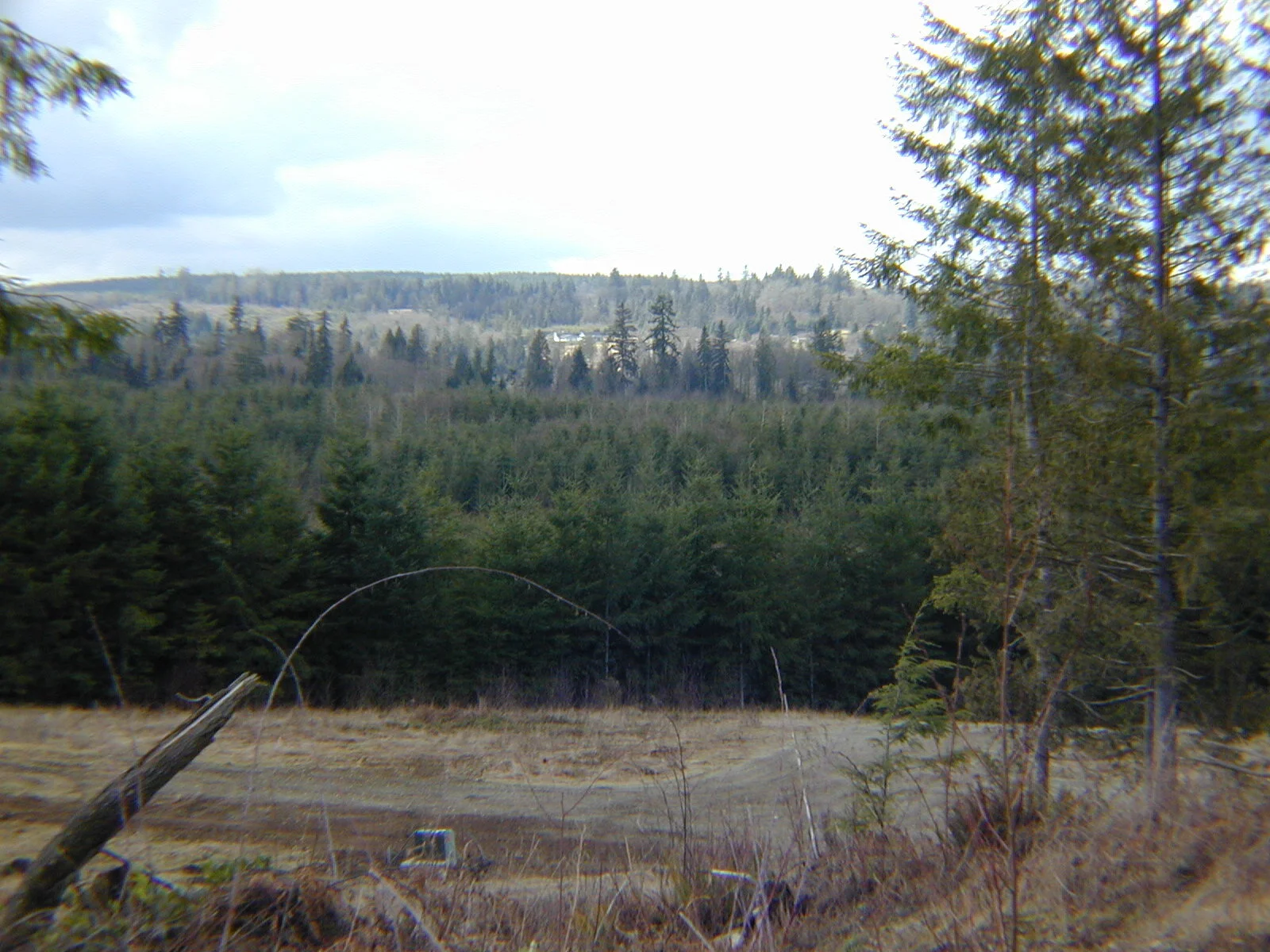Should Land Developers Partner With Builders?
Land Developers and Builder Developers
I’ve had two distinct lives as a land developer. The first was by far the longest - over 20 years developing 5-acre rural residential lots in the Pacific Northwest. Then I picked up a chunk of the land development responsibilities on the East Coast for one of the largest builders in the country.
I loved being a private land developer and hated the work with the production builder/developer, but I will say it really expanded my knowledge of the challenges that home builders face and also highlighted more opportunities than I had previously thought of for a land developer to work closely with builders.
Working together:
As a pure land guy I originally missed out on some opportunities by not aligning myself with established builders. For a long time my process was to develop the dirt and somewhere along the way finding the builders to come on board for the finished project. What I could have done is identify the right builders and incorporate their design ideas into my community plan. Oh well, live and learn.
The title of this post uses the word “partner” and I want to clarify that I mean partnering for design collaboration, not financial. There are many developers that have formally partnered with builders, formed joint ventures or some kind of co-ownership, but not me. For more, see: Working Land deals With Builders: https://www.landdevelopmentrealities.com/home/2019/7/17/working-land-deal-with-builders
I missed out with builders earlier because for years my primary target buyers were private parties. I was under the mistaken assumption that if I sold blocks of lots to builders I would have to discount them, but as I expanded my businesses to market to builders I found that wasn’t true.
What design features should builders be involved in?
CC&R’s:
Let’s start with CC&R’s. Spec builders have their favorite plans and a key component of every design is square footage. Successful builders know their market and the land developer should pay attention to the recommended minimum sq. ft. that the builders would prefer in the CC&R’s. Unit mix is a key area of focus for me. I need to understand how many different designs a builder wants to use and exactly which lots they will be constructed on. I am also focused on builder input regarding allowed exterior materials, such as the type if siding and roofing materials.
Another focal point for me is front set backs. Builders love 25’ front set backs since the utility runs and driveways are shorter and less costly. Being a large lot developer I did not want homes built right up on the road, so I have had to almost always negotiate this. Having 5-acre lots with homes 25’ from the road is not my idea of a balanced presentation for the community.
Amenities:
Buyer expectations have changed over time and community amenities and common areas mean more than they ever have before. One key reason is that home buyers, even with large lots, are expecting community extras since they have seen them for years in the high density communities. I work with everyone on the team to make design decisions that enhance value, maintain cost control and provide a manageable situation for the HOA long after I am gone.
Certain areas of the country, based on demographics and buyer profiles, also demand different amenities. In Florida it’s hard to find a higher end community that does not have a golf course that will attract Snowbird buyers and pools are mandatory. In the Pacific Northwest that interest simply isn’t there and there is no demand for developers to provide them. But in both regions, dog parks or dog walking areas are a big hot button. I try to focus on maximized passive amenities and this is described in the article Amenities in Land Development Projects: https://www.landdevelopmentrealities.com/home/2019/10/31/amenities-in-land-development-projects .
Sales Center:
Every builder and real estate broker wants some kind of sales center in a larger project. It can be anything from a rented modular building trucked to the site, a stick built sales center that will eventually be converted to a community center, or actual model homes when there are multiple builders involved. Design provisions need to be made that take into account the placement of the center, easements involved, parking areas, restrooms, landscaping, lighting and how the center will be converted after the project sells out. Clearly, this also applies to permitting as it relates to the initial project submittal.
My position as the land developer is this should be a shared effort that can come in several ways. Brokers and Title & Escrow can contribute in design and production of sales materials, maps, and community signs. Builders can contribute with the construction component of buildings. For the smaller developer, big sales centers and luxury landscaping are out of reach. That’s ok and frankly you don’t need to get extravagant. Just try to create a solid idea of how and where to provide a central area on-site where interested buyers and the sales folks can gather and hopefully do deals. In the beginning I used a small cedar shake roof on log poles to get everybody out of the rain. A lot of deals got done on the picnic tables underneath and the projects sold out nicely!
Marketing program:
A joint marketing effort is needed and it should be coordinated with all of the players. Builders should submit and the team should approve what will be communicated in the marketing materials so there is consistency in theme and message. Listing brokers, title & escrow, along with those involved with financing are included. The website should reflect the key points and support the community image.
Now for the land developers part. Nothing and I mean nothing ticks me off more than developers that don’t clearly stake their lot corners and flag property lines. It happens all the time and I just do not get it. You’ve got a chunk of land with no reference points. Come on guys, let’s not be lazy.
I always review the legal descriptions for the lots every time for accuracy. Whether the lot is going to a builder or to a private party that is going to contract with a builder, I view that responsibility as mine. Don’t rely on title to catch errors and if you aren’t comfortable with legal descriptions give this a read: Real Estate Legal Descriptions: https://www.landdevelopmentrealities.com/home/2019/6/13/real-estate-legal-descriptions .







